The fossil record serves as our window into Earth’s biological past, documenting the history of life across billions of years. Yet this record is notably incomplete, with significant gaps between different groups of organisms and time periods. These gaps have been the subject of intense scientific debate, misinterpretation, and occasional controversy. Understanding what these gaps truly represent is crucial for properly interpreting evolutionary history and the development of life on our planet. Rather than undermining evolutionary theory as some suggest, these gaps tell a fascinating story about preservation conditions, geological processes, and the nature of scientific knowledge itself. This article explores what the gaps in the fossil record actually mean from a scientific perspective, how they’re interpreted, and what they can teach us about the history of life on Earth.
The Inherently Incomplete Nature of Fossilization
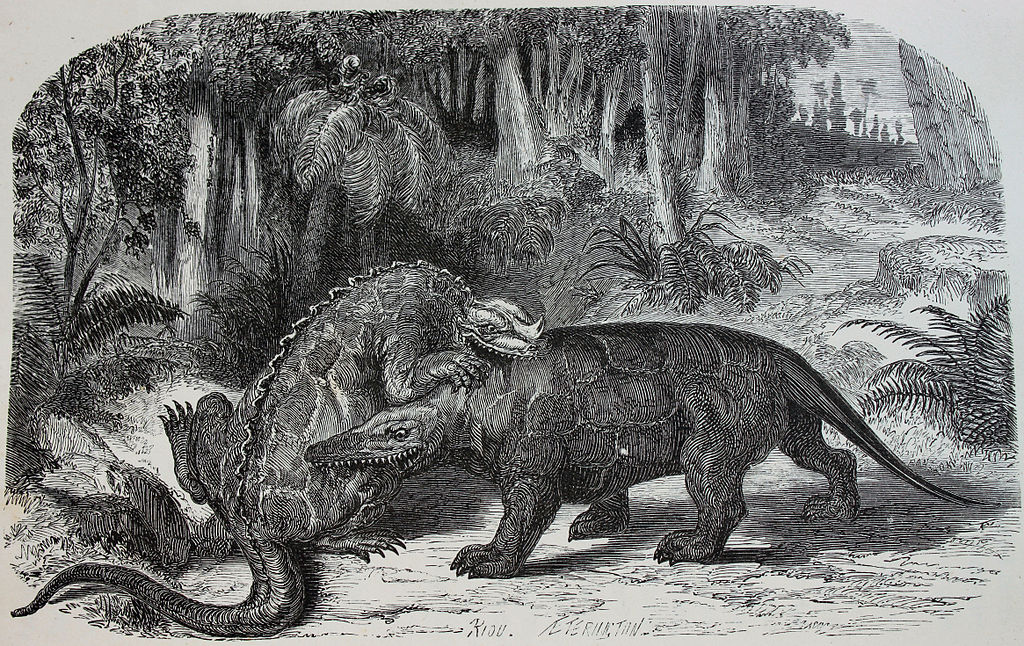
Fossilization is an exceptionally rare process, requiring a specific set of conditions that occur infrequently in nature. For an organism to become fossilized, it typically needs to be quickly buried in sediment that prevents decomposition and provides the right chemical environment for mineralization. Soft-bodied organisms, which constitute the majority of life forms throughout Earth’s history, rarely fossilize because they decompose before the fossilization process can occur. Additionally, many environments, such as rainforests and mountainous regions, are not conducive to fossil formation due to their high rates of erosion and decomposition. Scientists estimate that less than one percent of all species that have ever lived have been preserved as fossils, creating an inherently incomplete picture of life’s history. This natural sampling bias means that gaps in the fossil record are not just expected but inevitable.
Taphonomy: The Science of Fossil Preservation

Taphonomy, the study of how organisms decay and become fossilized, helps explain why certain organisms are well-represented in the fossil record while others remain virtually invisible. Hard-bodied organisms with shells, bones, or other mineralized structures have a significant preservation advantage, which is why marine invertebrates with shells dominate much of the fossil record. Environmental factors also play a crucial role in determining which organisms fossilize. Anoxic (oxygen-poor) environments like deep lake bottoms or certain marine basins can dramatically improve preservation by slowing decomposition processes. Rapid burial events, such as underwater landslides or volcanic ash falls, can create exceptional preservation conditions, leading to fossil-rich deposits known as Lagerstätten. Taphonomic understanding helps paleontologists interpret gaps not as absence of life, but as absence of preservation conditions that would allow us to see that life today.
Punctuated Equilibrium and the “Jumps” in the Record
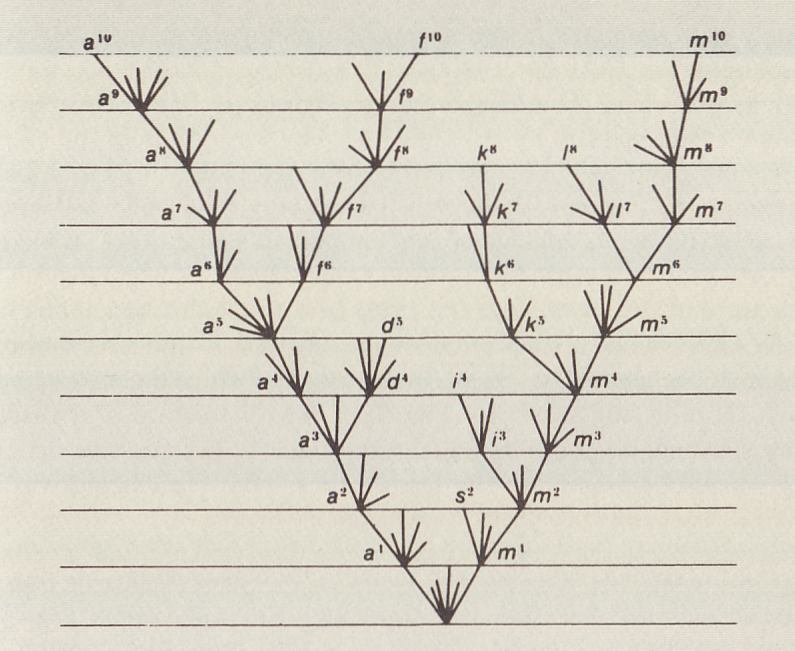
In the 1970s, paleontologists Niles Eldredge and Stephen Jay Gould proposed the theory of punctuated equilibrium to explain patterns they observed in the fossil record. This theory suggests that most species show relatively little evolutionary change throughout their existence (stasis), but when change occurs, it happens relatively rapidly in geologically brief periods, often corresponding to gaps in the fossil record for that lineage. Rather than viewing these jumps as problematic, punctuated equilibrium incorporates them into evolutionary theory. According to this model, speciation often occurs in small, isolated populations where favorable mutations can spread quickly, resulting in apparent “jumps” when viewed in the broader fossil record. The subsequent larger populations may then remain stable for long periods until the next environmental challenge or opportunity. This pattern helps explain why transitional forms may appear rare in some lineages – the transitions themselves may have been geologically brief events involving smaller populations with lower chances of fossilization.
The Cambrian Explosion: Gap or Rapid Diversification?
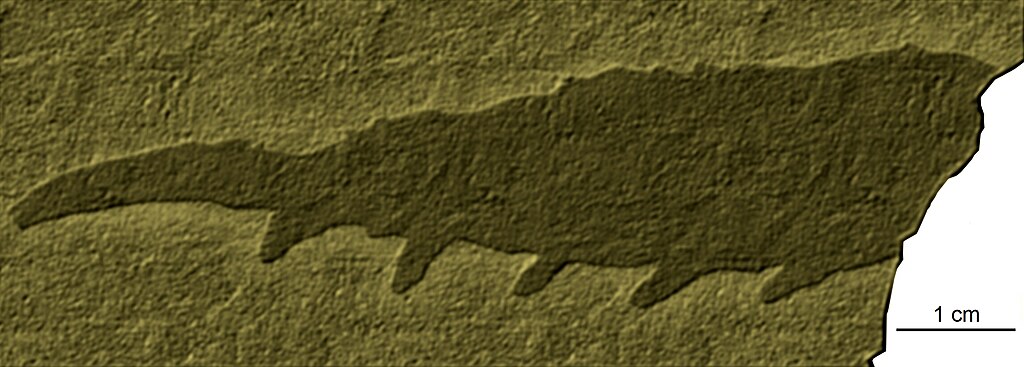
The Cambrian Explosion represents one of the most discussed “gaps” in the fossil record, referring to the apparently sudden appearance of complex animal life about 541 million years ago. During this relatively brief 20-25 million year period, most major animal phyla made their first appearance in the fossil record, seemingly without obvious predecessors. However, this dramatic diversification likely doesn’t represent a true gap but rather a combination of factors. Crucial among these was the evolution of hard parts that could readily fossilize, essentially turning up the “volume” on what was previously a “silent” record. Molecular clock data suggests animal lineages diverged well before the Cambrian, during a period when they may have been too small or soft-bodied to leave extensive fossil evidence. Recent discoveries of Ediacaran and early Cambrian fossils have begun filling this gap, revealing complex ecosystems that existed before the explosion. The Cambrian Explosion thus demonstrates how biological innovation (hard parts), ecological changes, and preservation factors can create apparent gaps that are gradually filled through continued research.
Transitional Fossils: Filling the Evolutionary Gaps

Contrary to popular misconceptions, paleontologists have discovered numerous transitional fossils that document evolutionary transitions between major groups of organisms. Prominent examples include Tiktaalik, which shows features intermediate between fish and tetrapods; Archaeopteryx, which combines reptilian and avian characteristics; and the wealth of fossils documenting the evolution of whales from land-dwelling ancestors. The ever-growing collection of hominin fossils traces human evolution through numerous intermediate forms. Each of these discoveries has helped fill what were once considered problematic gaps in the fossil record. However, the very concept of a “transitional fossil” is somewhat misleading, as every organism is transitional in the sense that it exists in an ongoing evolutionary continuum. The quest to find transitional fossils continues to drive paleontological research, with new techniques and exploration of previously unstudied regions regularly yielding discoveries that fill evolutionary gaps. These findings consistently support evolutionary predictions about where and when such transitions should occur.
Geological Processes and the Destruction of Evidence

The fossil record is not only challenging to create but also subject to ongoing destruction through Earth’s dynamic geological processes. Plate tectonics, volcanic activity, erosion, and metamorphism constantly recycle the Earth’s crust, destroying fossil-bearing rocks in the process. Older rock formations have had more time to be affected by these destructive forces, which partially explains why the fossil record becomes increasingly sparse as we look further back in time. Subduction zones, where oceanic crust is pulled beneath continental plates, have destroyed untold numbers of marine fossils throughout Earth’s history. Mountain-building events subject rocks to intense pressure and heat that can obliterate fossil evidence. Even the simple exposure of fossil-bearing rocks to surface weathering and erosion gradually destroys this precious record of past life. These ongoing processes ensure that the fossil record will always remain incomplete, with gaps that reflect not biological reality but geological destiny.
Sampling Bias in the Fossil Record

The uneven distribution of paleontological research across the globe creates significant sampling biases that contribute to apparent gaps in the fossil record. Historically, most intensive fossil collection has occurred in North America and Europe, leaving vast regions of Africa, Asia, and South America relatively unexplored until recent decades. Economic factors also influence which areas receive research attention, with fossil-rich regions in politically unstable or economically disadvantaged areas receiving less scientific investigation. Even within well-studied regions, certain rock types and environments are more accessible and thus more thoroughly sampled than others. Deep marine environments, for instance, are much less accessible than coastal deposits, creating knowledge gaps about historical deep-sea life. Additionally, the interests and specializations of researchers themselves create sampling biases, with charismatic groups like dinosaurs receiving disproportionate attention compared to less studied groups like ancient insects or microorganisms. These biases remind us that gaps in our knowledge don’t necessarily reflect gaps in the historical record itself.
The Molecular Clock and Invisible Lineages
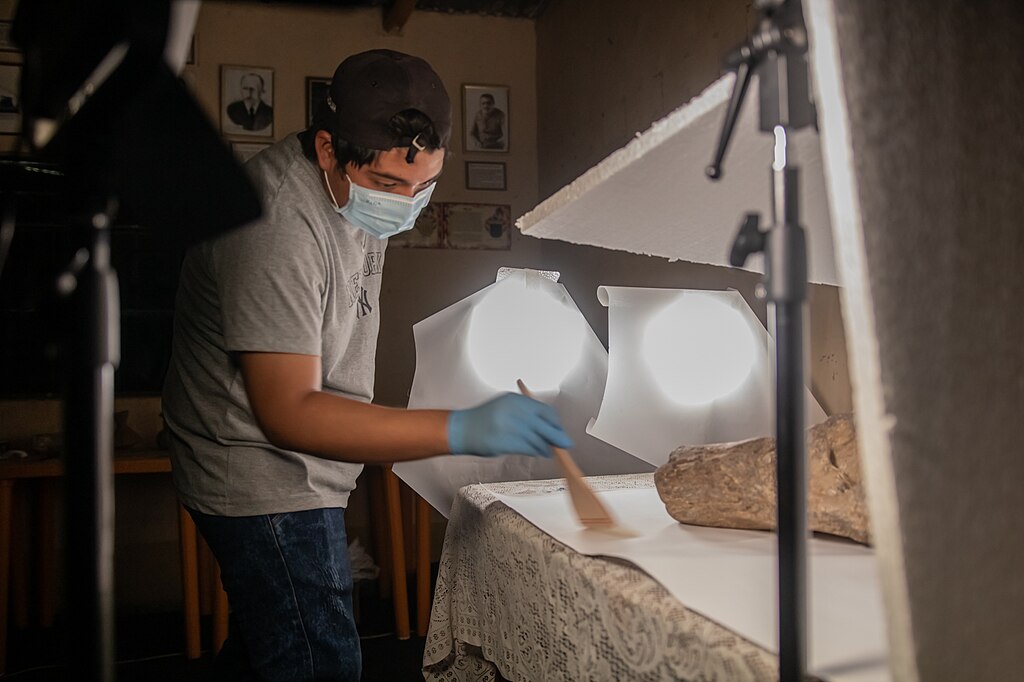
Molecular clock techniques have become invaluable tools for estimating divergence times between lineages, often revealing evolutionary histories that predate available fossil evidence. By analyzing mutation rates in DNA or proteins and calibrating these rates against known fossil dates, scientists can estimate when two lineages split from their common ancestor. These molecular studies frequently suggest earlier origins for many groups than their first appearances in the fossil record would indicate. For example, molecular evidence suggests mammals diversified significantly before the Cretaceous-Paleogene extinction event that killed the non-avian dinosaurs, despite relatively limited fossil evidence of this early diversification. Similarly, molecular clock data indicates flowering plants evolved earlier than their first definitive fossil appearances. These “ghost lineages” – groups that must have existed based on molecular evidence but lack fossil representation – help paleontologists understand where to look for new fossils and highlight the limitations of the fossil record for certain groups or time periods. The integration of molecular and fossil data provides a more complete picture than either source alone.
Mass Extinctions and Their Impact on the Record

The five major mass extinction events identified in Earth’s history have created some of the most significant gaps in the fossil record, fundamentally altering the course of evolution. The most severe of these, the Permian-Triassic extinction approximately 252 million years ago, eliminated an estimated 96% of marine species and 70% of terrestrial vertebrate species, creating a dramatic discontinuity in the fossil record. Following each mass extinction, surviving lineages often underwent rapid adaptive radiation into newly available ecological niches, creating patterns that can resemble “sudden appearances” in the fossil record. The relatively quick geological transitions between pre-extinction and post-extinction faunas can give the impression of abrupt change rather than evolutionary continuity. However, detailed studies of extinction boundaries have revealed evidence of environmental stress, declining biodiversity, and ecological instability leading up to these events. Rather than representing gaps in evolutionary understanding, mass extinctions provide crucial insights into how life responds to catastrophic change, demonstrating both the fragility and resilience of Earth’s biosphere throughout its long history.
The Lazarus Effect and Living Fossils

The Lazarus effect, named after the biblical figure who returned from the dead, refers to species that disappear from the fossil record only to reappear in younger rocks, sometimes after millions of years of apparent absence. These disappearances and reappearances create artificial gaps that reflect preservation issues rather than actual extinction and re-evolution. The coelacanth represents a dramatic example, disappearing from the fossil record about 66 million years ago before being discovered alive in 1938, revealing a 66-million-year gap in its fossil record despite its continuous existence. Similarly, “living fossils” like horseshoe crabs, ginkgo trees, and nautiloids have remained morphologically similar to their ancient ancestors for hundreds of millions of years, but often have spotty fossil records with significant gaps. These organisms demonstrate how conserved body plans can persist through time while leaving intermittent fossil evidence. The Lazarus effect reminds paleontologists that absence of evidence is not evidence of absence, and that gaps in the fossil record should be interpreted cautiously, especially for groups with limited fossilization potential or restricted geographical ranges.
Misinterpretation and Misrepresentation of Gaps

Gaps in the fossil record have frequently been misinterpreted or misrepresented in ways that distort scientific understanding. The phrase “missing link,” though popular in media coverage, mischaracterizes evolution as a linear chain rather than a branching tree, creating unrealistic expectations about what transitional fossils should look like. Some critics of evolutionary theory have employed the “God of the gaps” approach, using current gaps in fossil evidence as supposed proof against evolution, despite the consistent pattern of such gaps narrowing with continued research. This argument from ignorance fails to acknowledge that science progressively fills knowledge gaps rather than being undermined by them. Another common misinterpretation involves treating the earliest known fossil of a group as representing its actual evolutionary origin, rather than recognizing it as a minimum age constraint. The first fossil appearance almost certainly postdates the actual origin of the group, sometimes by millions of years. These misinterpretations often reflect fundamental misunderstandings about the nature of the fossil record and the scientific process itself, which acknowledges limitations while continually working to overcome them.
Modern Techniques Narrowing the Gaps

Cutting-edge technologies and interdisciplinary approaches are rapidly enhancing our ability to interpret the fossil record and narrow its gaps. Advanced imaging techniques like micro-CT scanning allow paleontologists to examine internal structures of fossils without damaging them, revealing previously hidden anatomical details that help establish evolutionary relationships. Synchrotron radiation facilities can detect traces of original organic material in fossils millions of years old, providing chemical information about ancient organisms. Ancient DNA analysis, though limited to relatively recent fossils (typically less than 1 million years old), has revolutionized our understanding of recent evolutionary relationships and population histories. Geometric morphometrics enables precise quantification of shape changes across evolutionary transitions, helping identify subtle patterns obscured by more traditional analyses. Stable isotope analyses of fossil materials provide insights into ancient diets, habitats, and climates, contextualizing evolutionary changes. Combined with traditional paleontological methods, these approaches are filling gaps not just with new fossil discoveries but with richer, more detailed information from existing specimens, creating a more complete picture of life’s evolutionary history.
The Philosophical Significance of Gaps
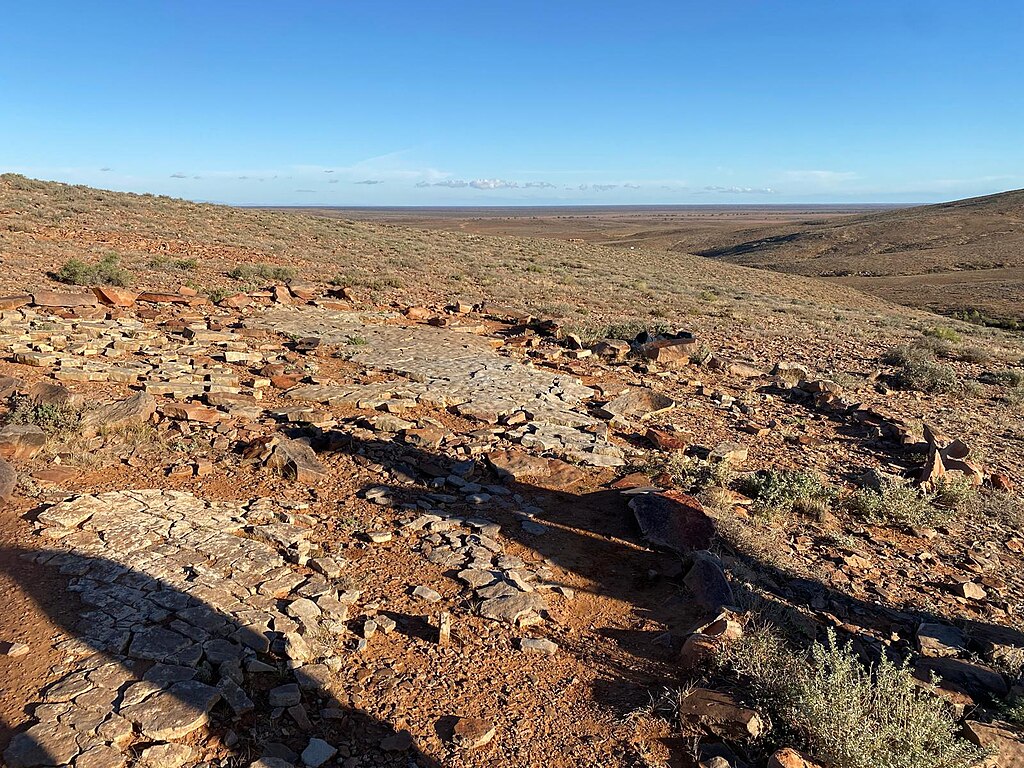
The gaps in the fossil record hold important philosophical implications for science and knowledge acquisition in general. They remind us that scientific understanding is always provisional and subject to revision as new evidence emerges. The progressive filling of previously identified gaps demonstrates the self-correcting nature of the scientific method, where temporary unknowns drive research rather than undermining established frameworks. Fossil record gaps also highlight the distinction between absence of evidence and evidence of absence – a crucial epistemological concept applicable across disciplines. They exemplify how science embraces uncertainty as a catalyst for discovery rather than a weakness. The study of these gaps has contributed to important developments in philosophy of science, including discussions about inference to the best explanation, the role of prediction in scientific theories, and how scientists handle incomplete data. Far from being merely technical issues within paleontology, gaps in the fossil record serve as powerful case studies in how science navigates the boundaries between the known and unknown, making them intellectually significant beyond their specific scientific context.
Conclusion

The gaps in the fossil record, far from being problematic for our understanding of evolution, offer valuable insights into the nature of preservation, the history of Earth, and the process of scientific discovery itself. These gaps reflect the reality that fossilization is an exceptional event, not the rule, and that geological processes continuously erase parts of Earth’s biological history. As research techniques advance and exploration continues, many of these gaps narrow or close entirely, confirming predictions made by evolutionary theory. The fossil record, despite its incompleteness, provides overwhelming evidence for the patterns and processes of evolution. Understanding what these gaps truly represent helps us appreciate both the remarkable window into the past that fossils provide and the ongoing scientific journey to reconstruct life’s epic story. The gaps themselves have become valuable sources of information, teaching us not just about ancient life, but about how knowledge itself develops through observation, interpretation, and continuous refinement.



